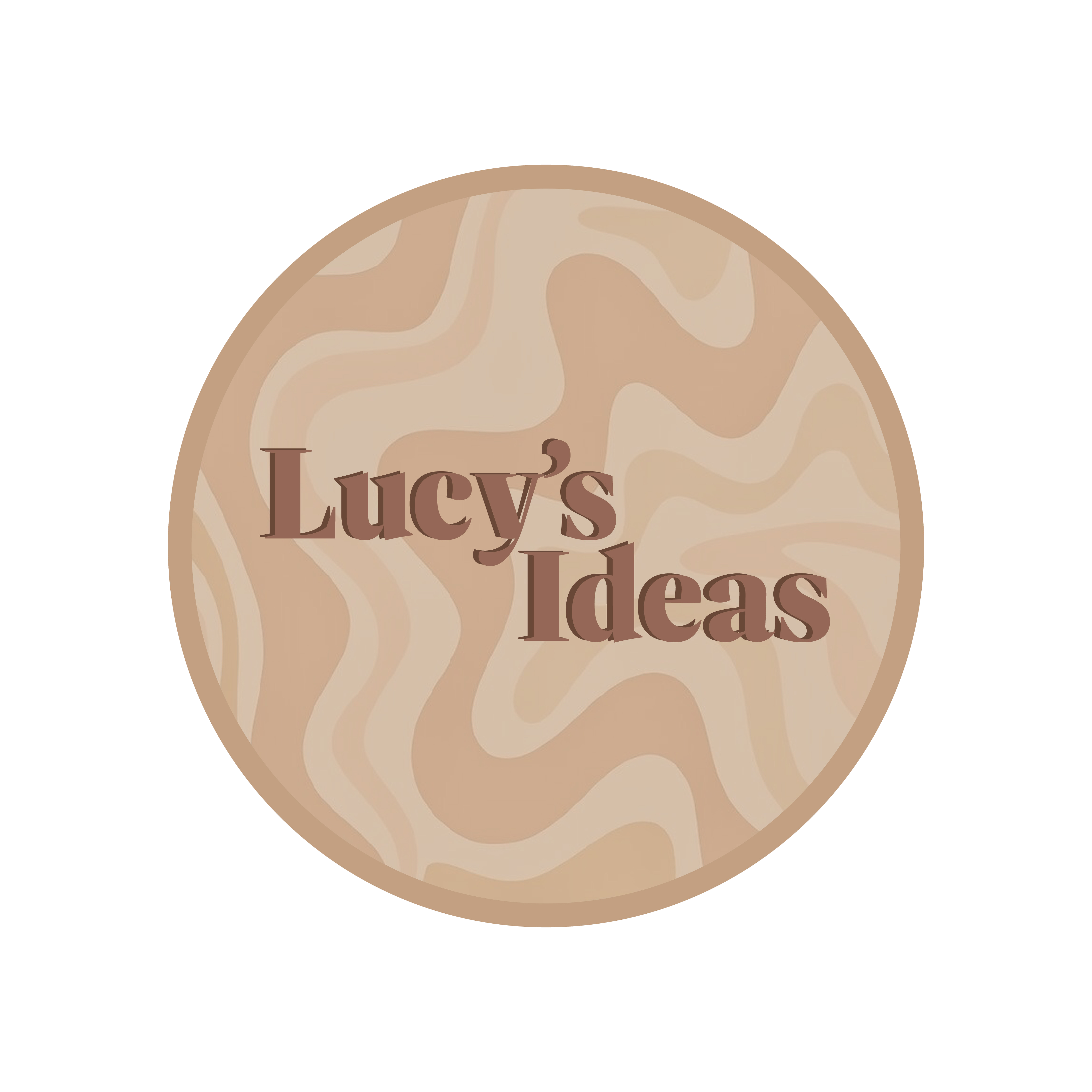When thinking about who my favourite graphic designer was, I found it next to impossible to pick only one as there have been many in my lifetime that have had an influence on me. One of the reasons I picked this designer is due to our very similar style and the fact I see their work almost all the time in my everyday life. Ben J. Crick is a very popular design artist among some very modern brands including Spotify and Vitamin Water who is run by Coca-Cola. His mission goes by being “in pursuit of a specific vision for brand – to bring the creative quality and craft usually reserved for small practices to projects and clients of intimidation scale and complexity”. That message inspires me and reassures me that if I put my creative mind and heart to things, I can achieve my biggest dreams.
With that in mind, one of his major projects that I personally recognise his work most from, is with Spotify from 2017. He uses bright, neon colours and short, sharp slogans to catch the audience’s attention to their favourite artists. The graphics are very simplistic and use a lot of circular illustrations to coincide with the green and recognisable Spotify logo. When I research new artists, I am always enticed to colours that stand out and like to translate that in my own work, so Ben was always a key contender. Below are a few examples of his Spotify graphics that I like the most.
Another one of his interesting projects was for Vitamin Water also in 2017. He uses the pop-art style that was introduced in the late-1950s to explore a visual identity system. His work was used on many different products including tote bags, posters, billboards, banners and even a van! It again shows very a simplistic technique, and the bottle design is repeated throughout all the different advertisements which is a good way to get it stuck into your audience’s minds. The colours almost contrast yet fit and complement each other in a very weird way. The branding text of the bottle is always black & white to make it obvious and stand out amongst the fun background that is happening behind it. This project is very closely bonded with the Spotify work yet extremely contrasted with the next series that I am going to discuss.
The Room Essentials design work and packaging takes a completely different route and style which enticed me a lot to see what changes he has made to his brief. I did some further research into the brand to find their take on furniture is very simplistic and almost simple-minded. There is a minimal colour scheme and the text sticks to being black & white with a plain font. There is reference to the brand’s identity with what seems to be a roof over the ‘I’ in the word ‘Essentials’ to hopefully stick in the audience’s mind. The fact that this project is so different to his other work demonstrates his flexibility in design and that he doesn’t have to stick to his usual bright scheme. Previously I mentioned about how the explosive colours drew my attention, but this group of design work had the same effect for different reasons.
There could have been hundreds more artists I could’ve chosen from, but Crick just happened to influence my style the most and makes me question my design choices daily. I aspire to work for big brands like he has in the future, and he has proven that this would be possible if I put my mind to it.
Bibliography
oneclub.org, 2017. ROOM ESSENTIALS VISUAL IDENTITY SYSTEM AND PACKAGING. [Online]
Available at: https://www.oneclub.org/awards/youngguns/-award/28678/room-essentials-visual-identity-system-and-packaging
[Accessed 04 October 2021].
oneclub.org, 2017. SPOTIFY GLOBAL VISUAL IDENTITY SYSTEM. [Online]
Available at: https://www.oneclub.org/awards/youngguns/-award/28680/spotify-global-visual-identity-system
[Accessed 04 October 2021].
oneclub.org, 2017. VITAMINWATER VISUAL IDENTITY SYSTEM. [Online]
Available at: https://www.oneclub.org/awards/youngguns/-award/28677/vitaminwater-visual-identity-system
[Accessed 04 October 2021].









